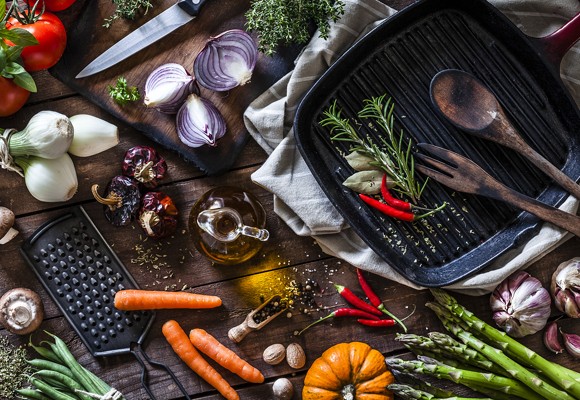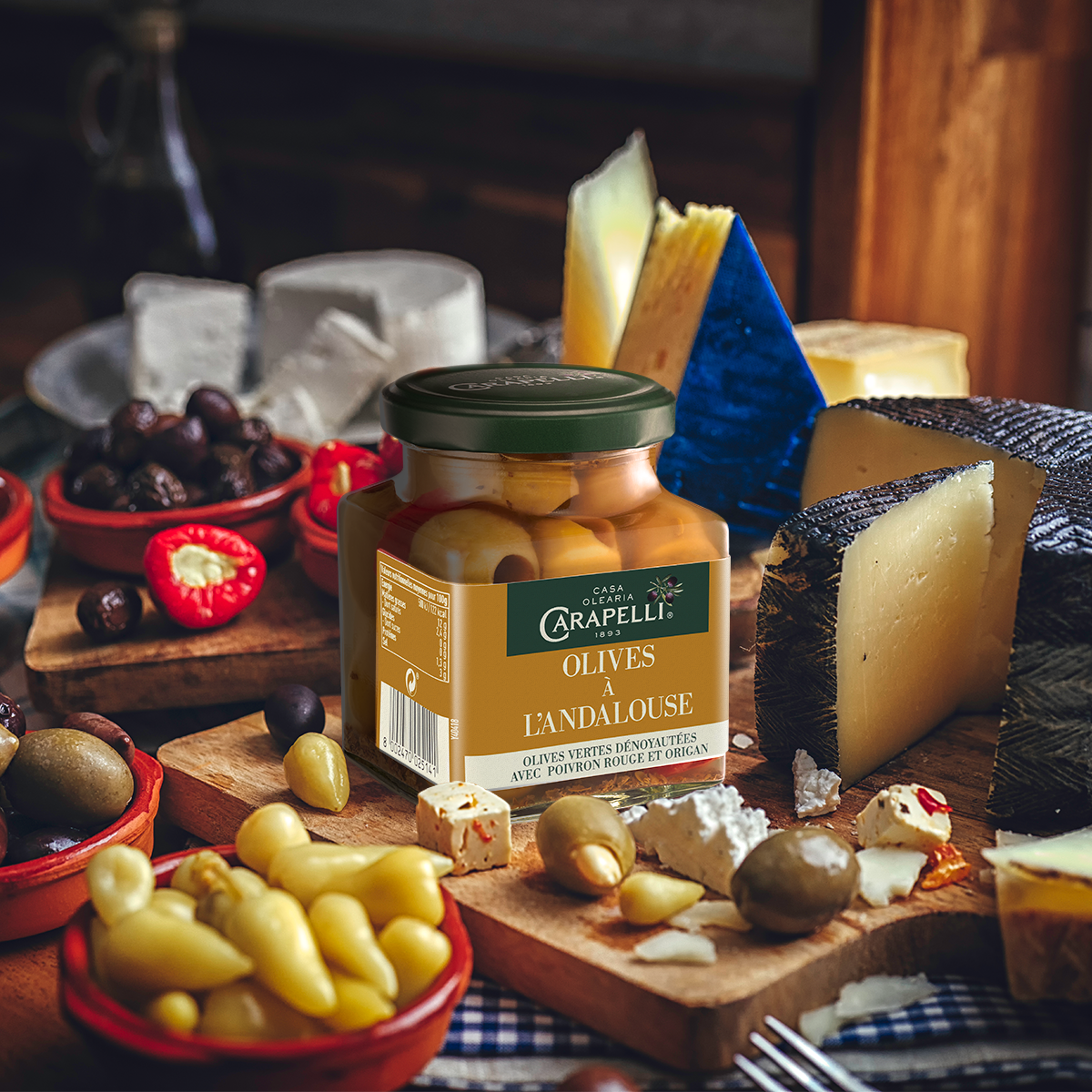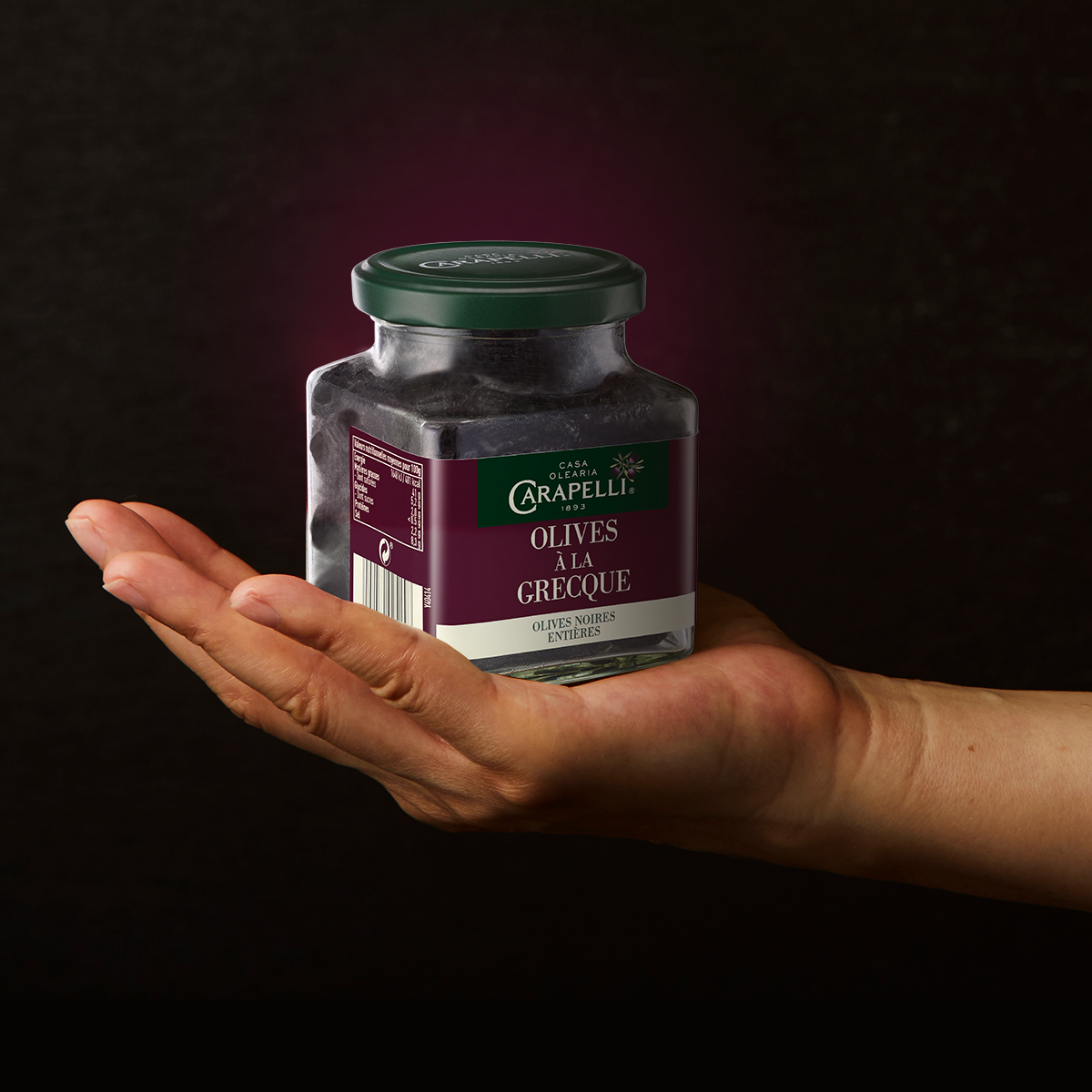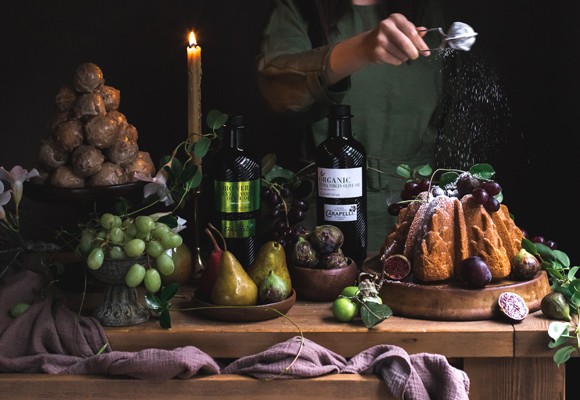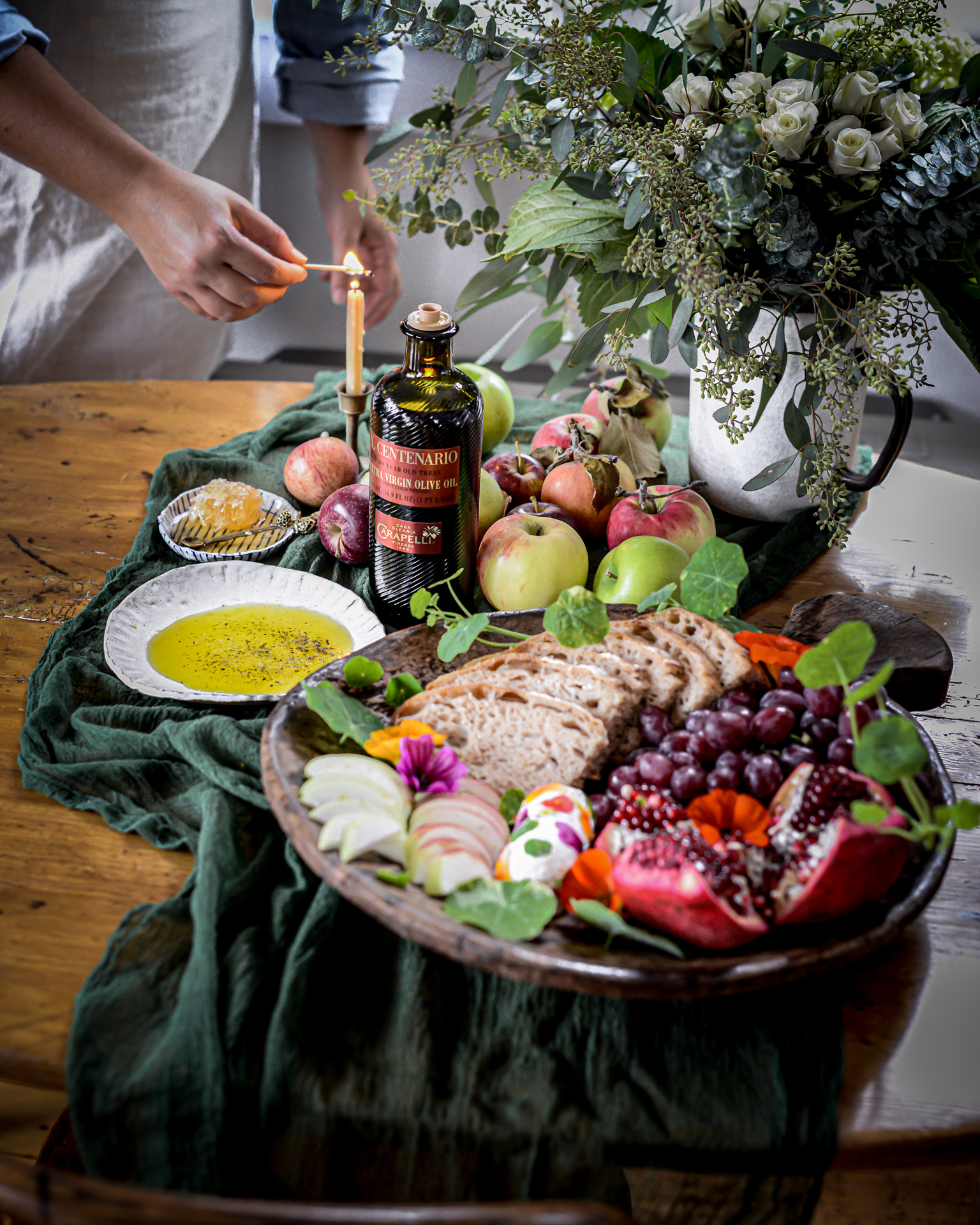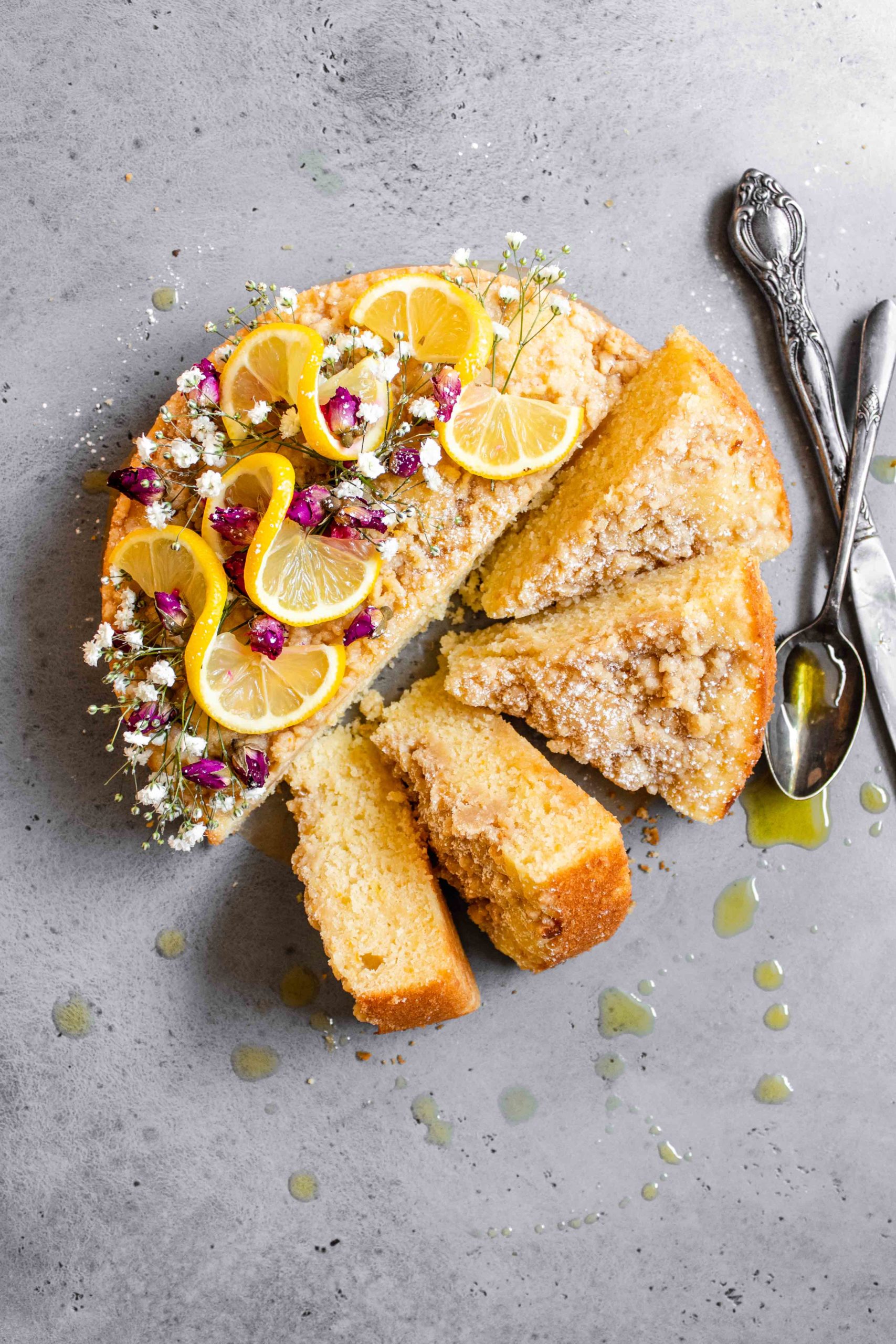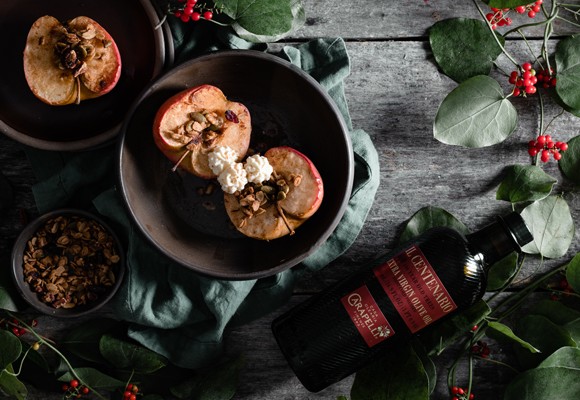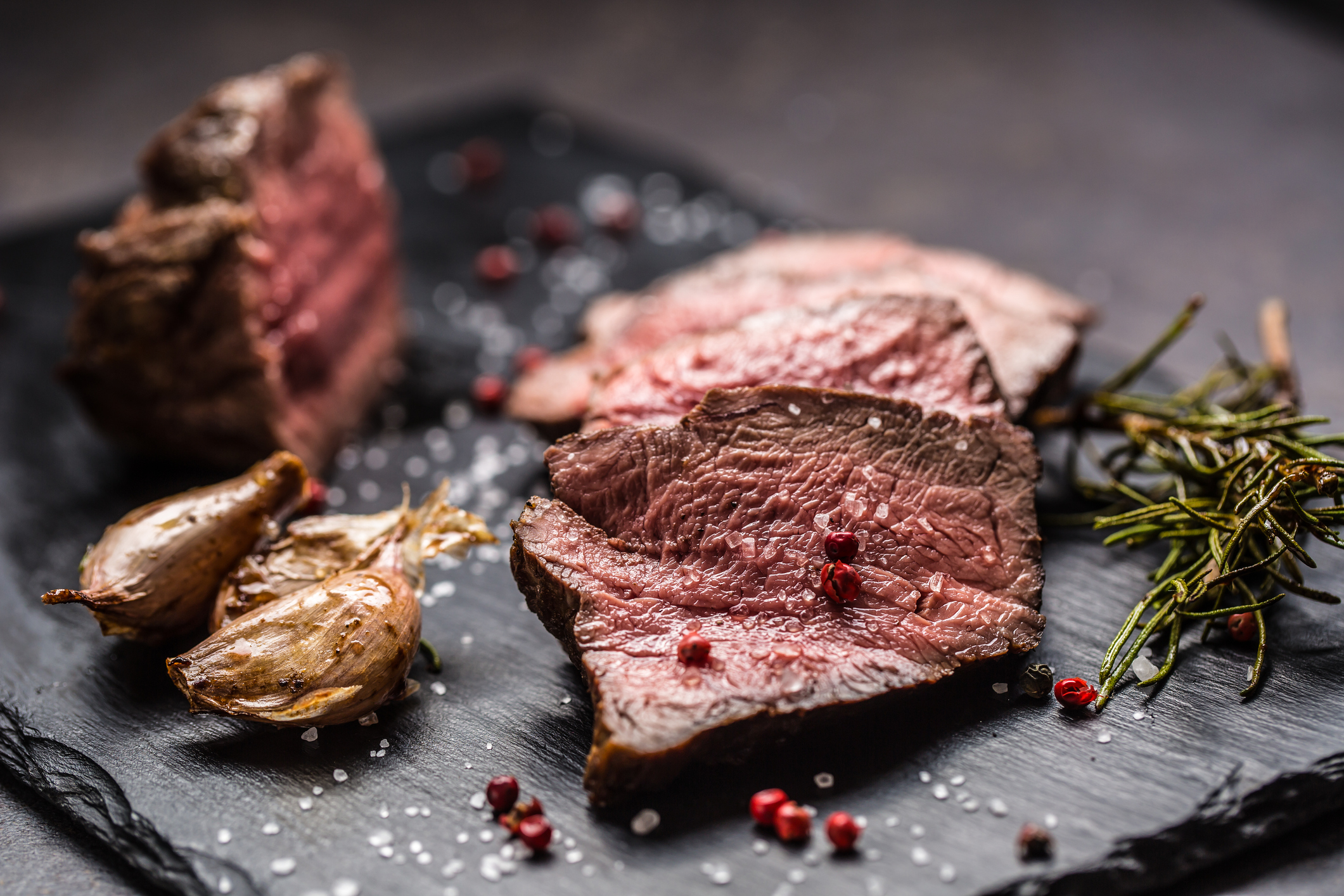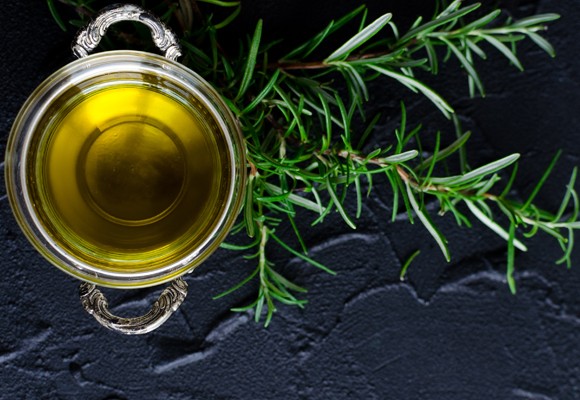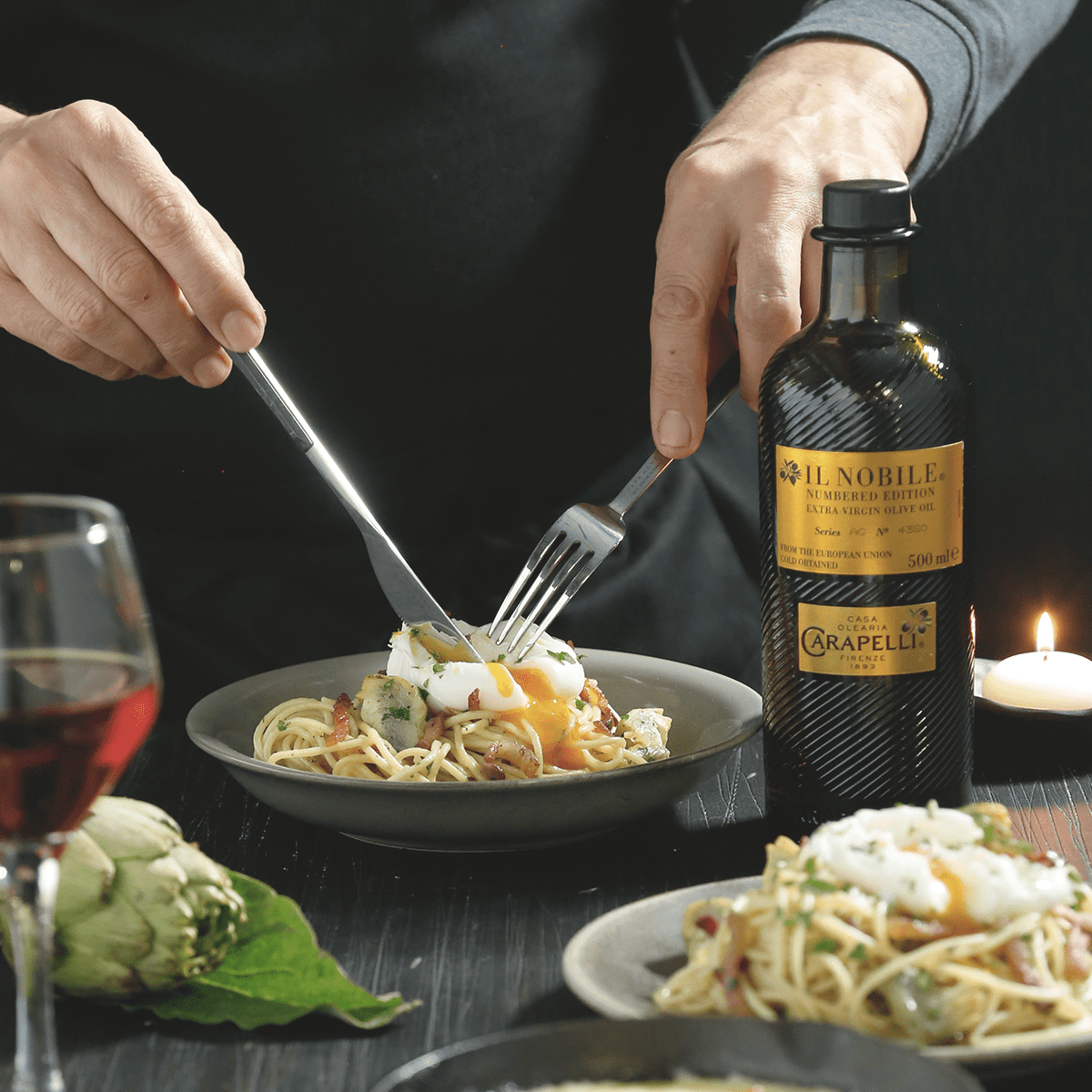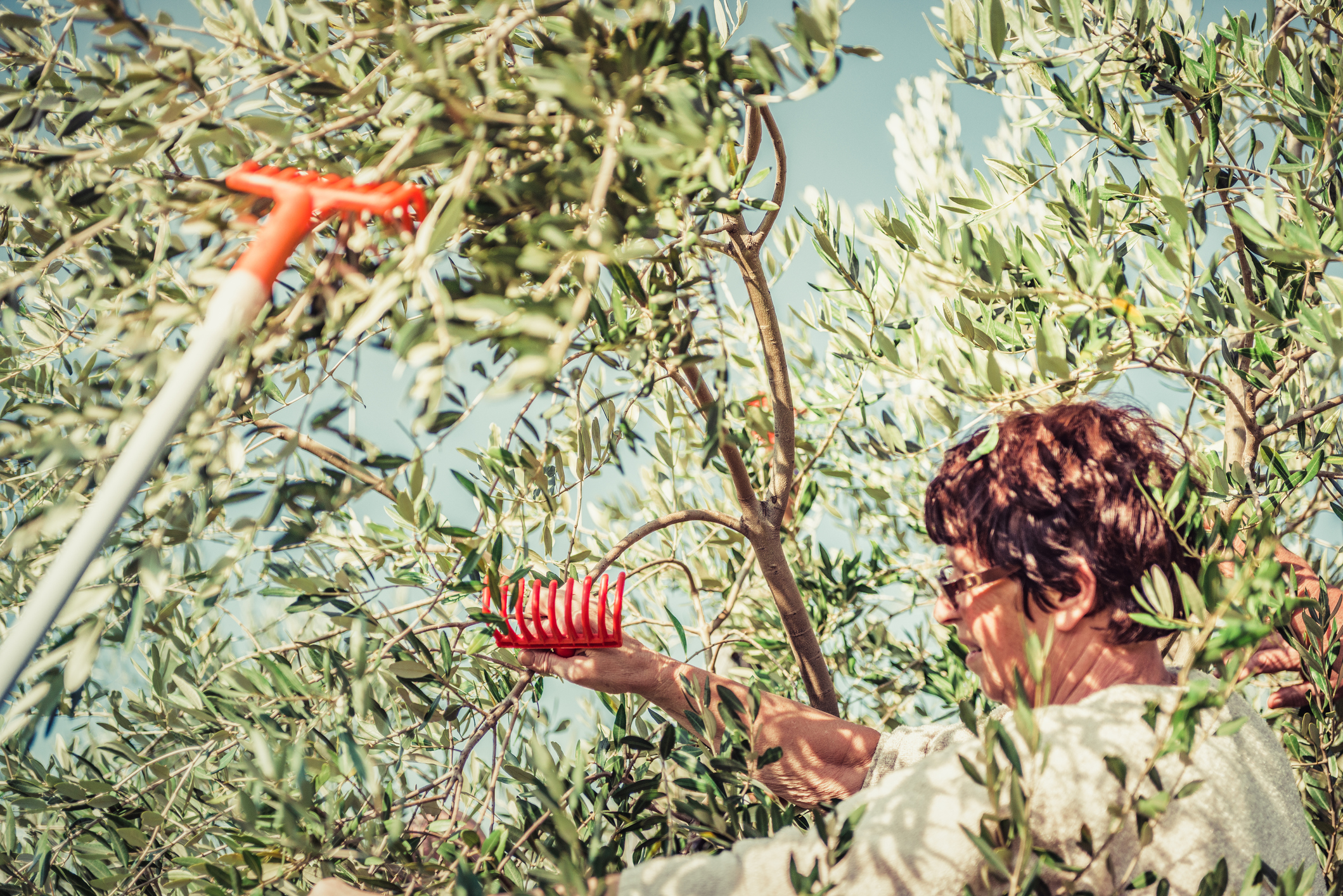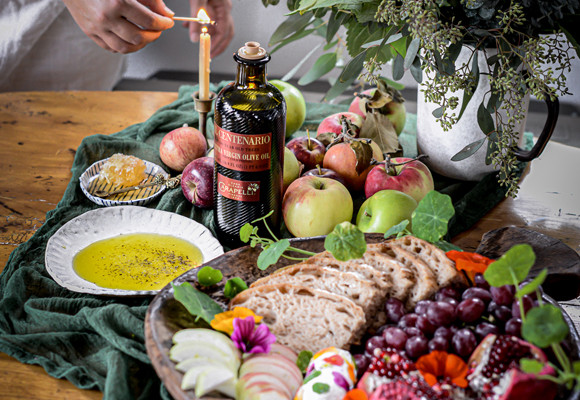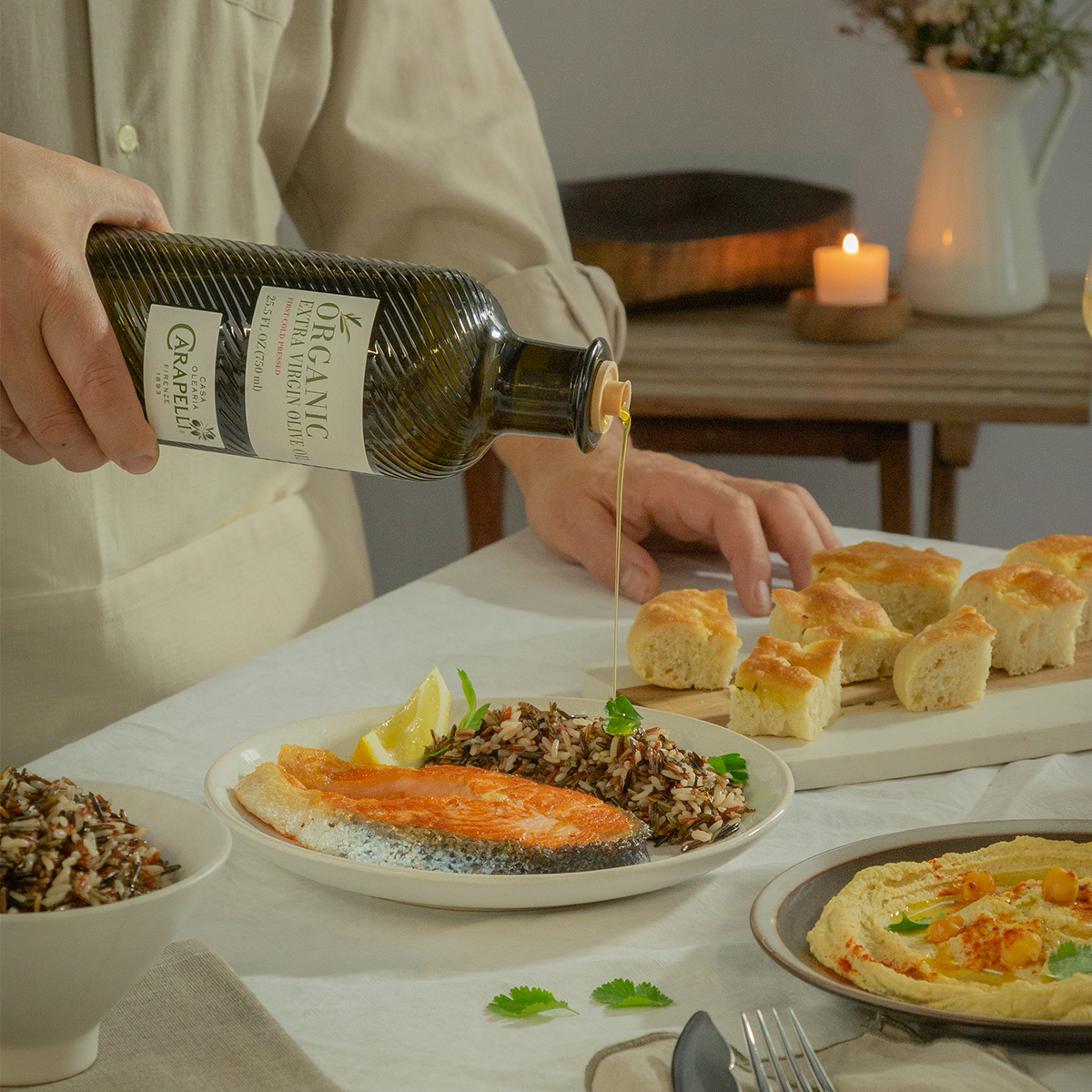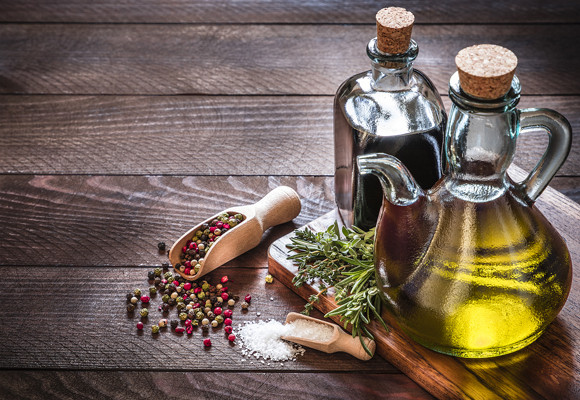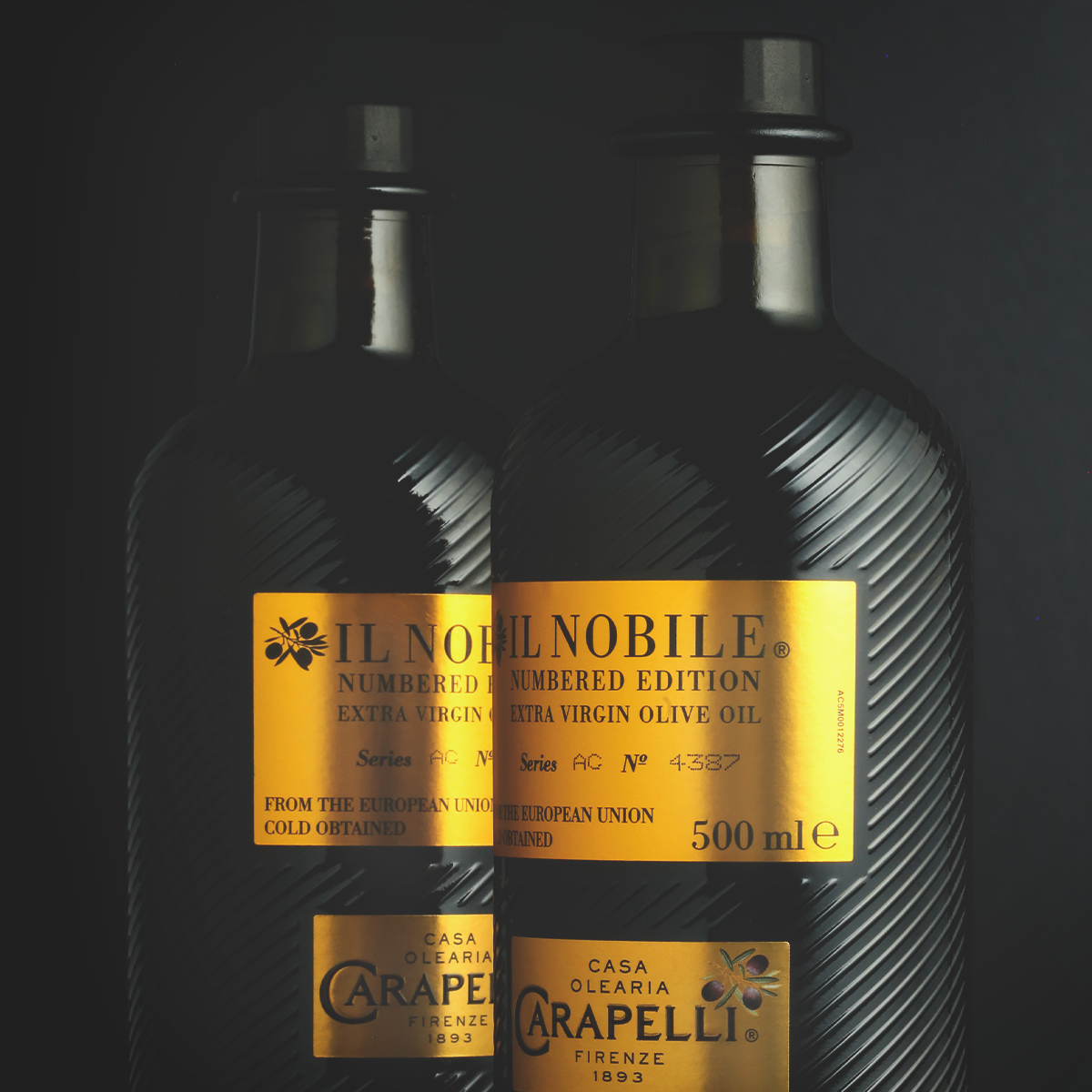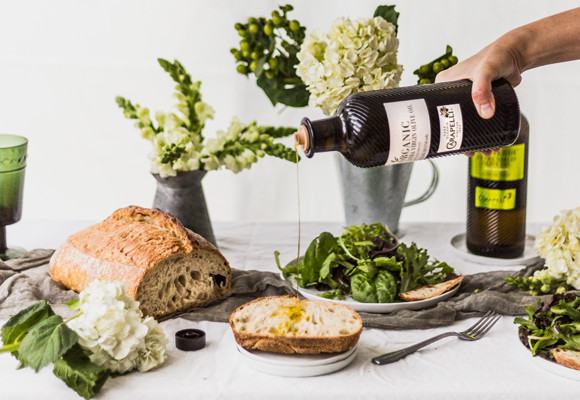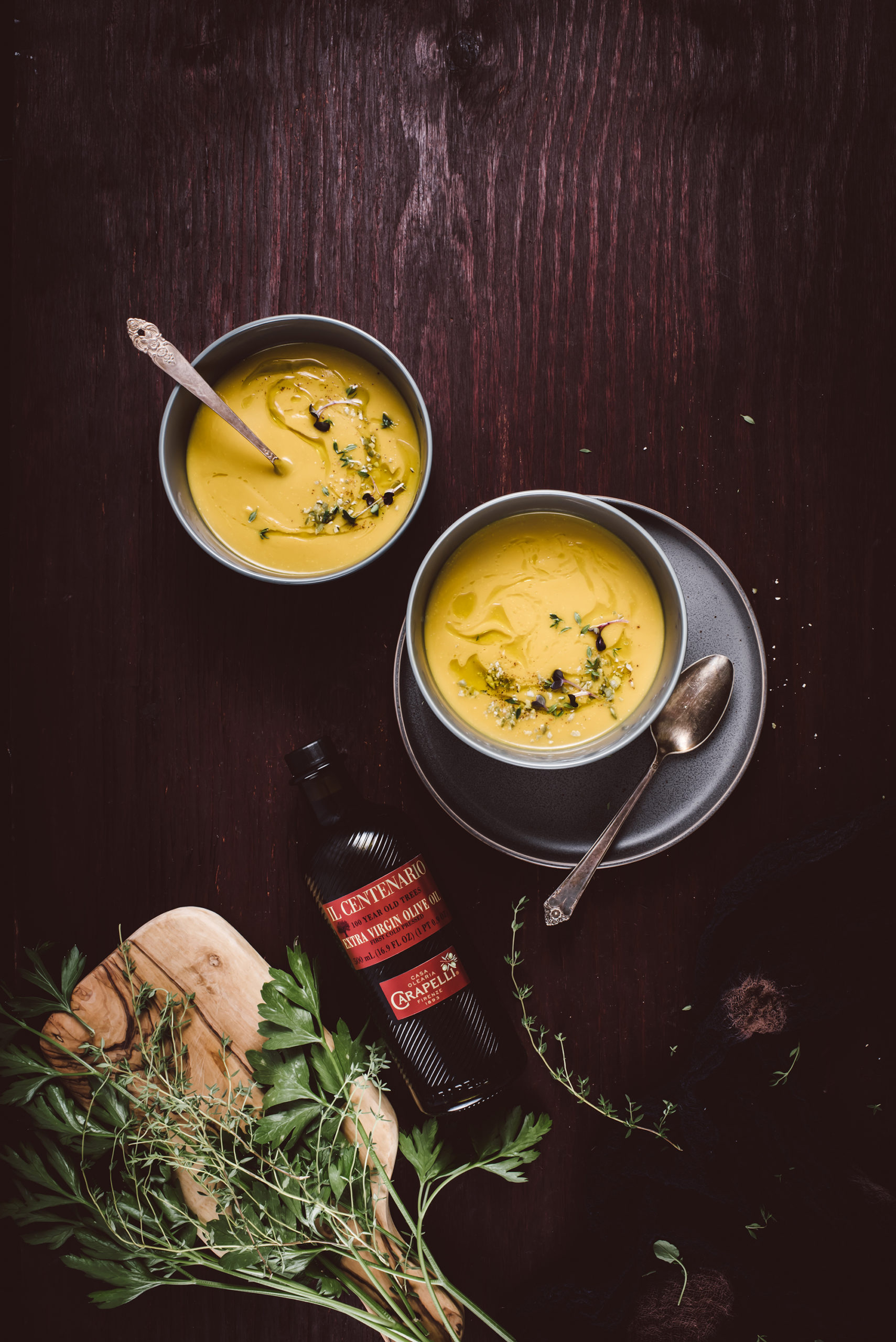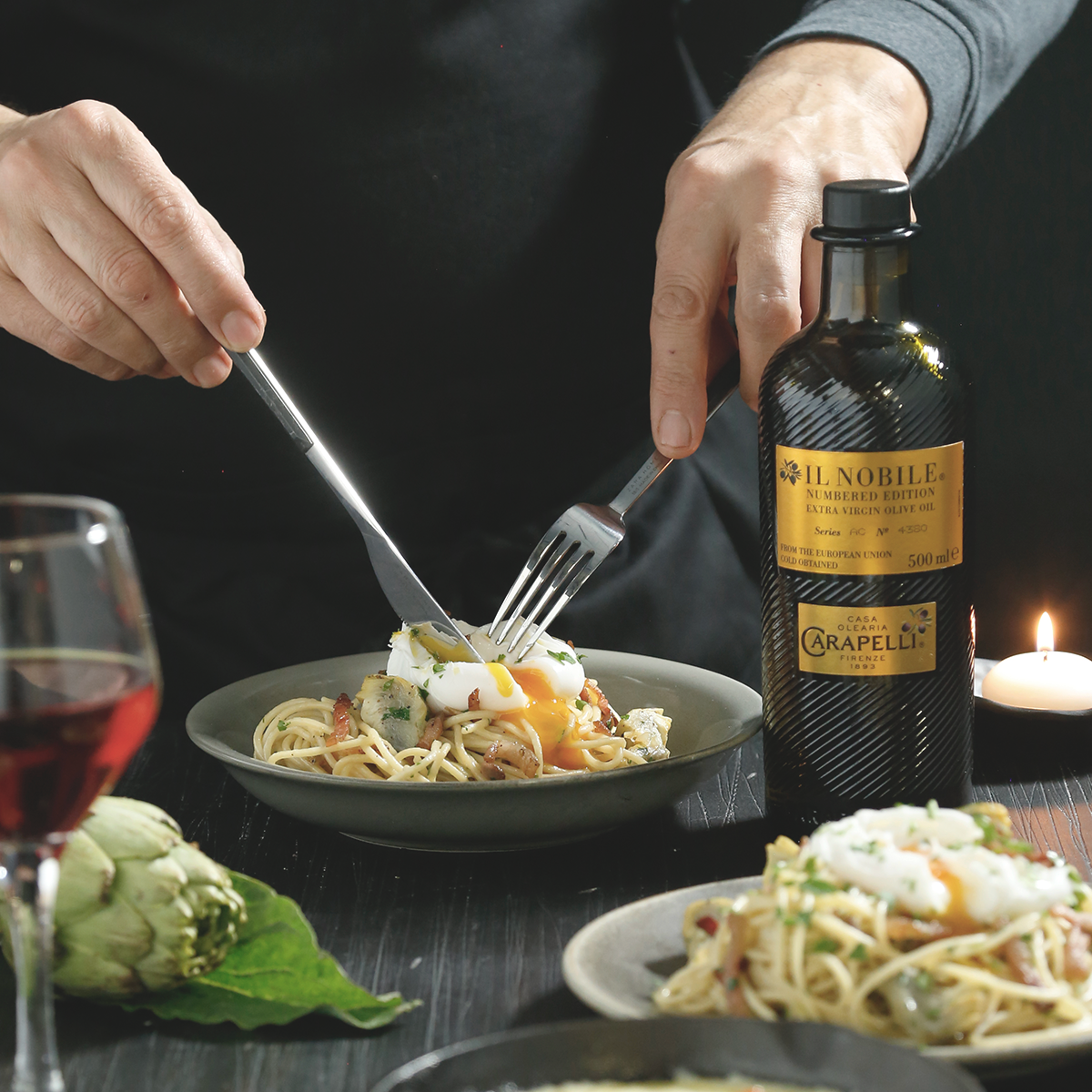Can I use olive oil instead of vegetable oil?
Many of you might be wondering the following: “Can I use olive oil instead of vegetable oil?” By definition, olive oil is in fact a vegetable oil because it comes from the olive tree. It’s common for this to generate some confusion, however.
Extra virgin olive oil seems to fit in a different category to all other vegetable oils, thanks to its wonderful variety, nutritional benefits and various flavors that make it worthy of tasting. All these qualities make it a truly gourmet quality product, unlike other vegetable oils that don’t share these characteristics.
If we return to the question (“Can I use olive oil instead of vegetable oil?”) and consider olive oil as a product in its own category, the answer is a resounding yes. Not only CAN you do it, you MUST do it! It’s been proven that extra virgin olive oil is the vegetable oil with most stability and resistance when subjected to high temperatures. These characteristics make it perfect for cooking and for frying.
It’s widely believed that using extra virgin olive oil in cooking is a waste, that it devalues it somehow, and that it is better to use other oils such as sunflower oil for cooking instead. However, this belief is misguided. Sunflower oil can only withstand a short induction time before it goes bad, while olive oil can withstand up to almost 30 hours of induction without deteriorating.

As well as buying meat, fish and other fresh and premium quality foods, why not buy Carapelli Extra Virgin Olive Oil too? You should have it in most of your dishes as it’ll provide you with many organoleptic and healthy benefits!

